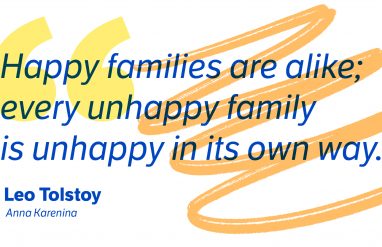April is National Poetry Month in the United States and Canada. It’s an opportunity for poetry writers and readers to share poems they love, participate in activities around poetry, and generally celebrate one of the oldest literary arts. From poetry slams to new poetry releases to the occasional giveaway, expect to see all kinds of poetry-themed events in April.
But, it can be hard to talk about and celebrate the poems you love if you don’t have the right vocabulary for it. That’s where we come in—we’re going to break down the basic elements of a poem, from syllables to stanzas. With this terminology under your belt, you’ll be poetry-ready not just for the month of April, but all year long.
























